
Context and first resolution - Harmony Basics - Part 24
LearningIn the last article, we saw consonances and dissonances according to our Western point of view, as well as the alternation that governs their use. In the present article you will see how to lead thes…

Consonance and Dissonance - Harmony Basics - Part 23
LearningIf you want to start making up melodies and bass lines from chord inversions, as I promised in the last article, we must first address the thorny issue of consonance and its evil twin, dissonance... …

Melodic and harmonic motion - Harmony Basics - Part 22
LearningIn the previous article we discussed inversions within the frame of enharmonic modulations. I will take this opportunity to explore with you in this and the following article the different ways in wh…

Enharmonic Modulations - Harmony Basics - Part 21
LearningBefore I begin I most warn you that this article might seem a bit grueling for some of you. But if you've been following the other articles in the series up to now, you shouldn't have a problem with …
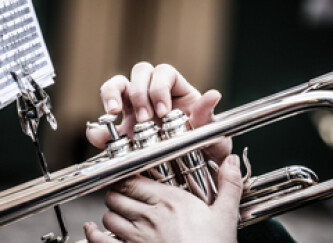
Modulating to neighbor, distant and chromatic keys - Harmony Basics - Part 20
LearningIn the previous articles we saw how you can modulate towards other keys, mainly using pivot chords to guarantee a smooth transition. So, now that we've seen how to modulate, it would be nice to know …

Using II-V-I and pivot chords - Harmony Basics - Part 19
LearningIn the previous article we saw how to use cadences to modulate to a different key. However, regardless of whether you use a cadence or not, a seamless modulation relies on the so-called pivot chords.

The Role of Cadence and Characteristic Notes in Modulat… - Harmony Basics - Part 18
LearningIt's not uncommon for a composer/songwriter to feel the need to leave the original key of the song he's writing and go explore some other ones. There are many reasons for that: to change the mood (i.…
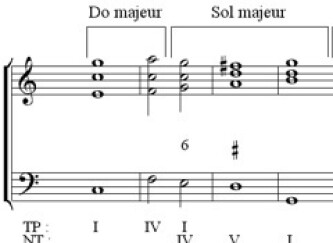
Modulate It! - Harmony Basics - Part 17
LearningIn the previous articles... Yes, I know I often begin my articles this way but it's simply because I like things to make sense chronologically.
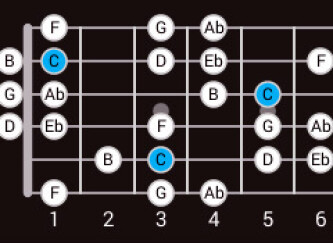
Relative Chord and Tonal Exchange Substitutions - Harmony Basics - Part 16
LearningThis time around, we'll look at two additional ways to substitute chords: Relative chord and tonal exchange substitutions. But before we do that, I want to complete the previous article and finish di…

Tritone Substitution and Secondary Dominants - Harmony Basics - Part 15
LearningIn this installment, we'll continue exploring chord substitutions with two new forms based on the dominant function.
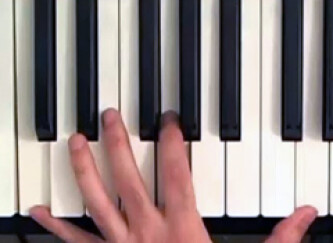
Chord Substitutions - Harmony Basics - Part 14
LearningIn the previous two articles I took a brief detour from the somewhat theoretical tone of this series to show you some specific examples of harmonic chord progressions that are easy to understand and …
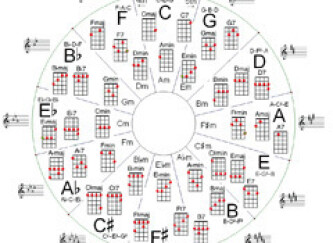
More Chord Progressions - Harmony Basics - Part 13
LearningIn the previous article I introduced you to some of the most popular cadences and chord progressions. But there are still some left!

Chord Progressions - Harmony Basics - Part 12
LearningIn the last article, we saw how chords have a natural tendency towards other chords depending on their degree in the key of the song where they are currently been employed.
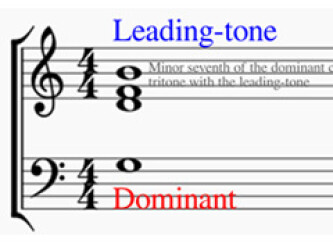
Leading the Way - Harmony Basics - Part 11
LearningIn the previous articles we looked at how cadences work and how the fifth degree of a scale tends towards the first degree (yes, I know I've been repeating this every article). But, regardless of cad…
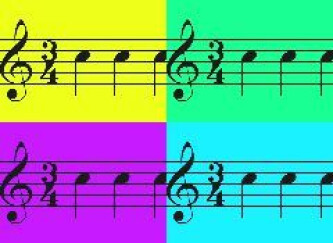
Harmonic Rhythm - Harmony Basics - Part 10
LearningToday, we will discuss one of the most important aspects in music, namely rhythm.

